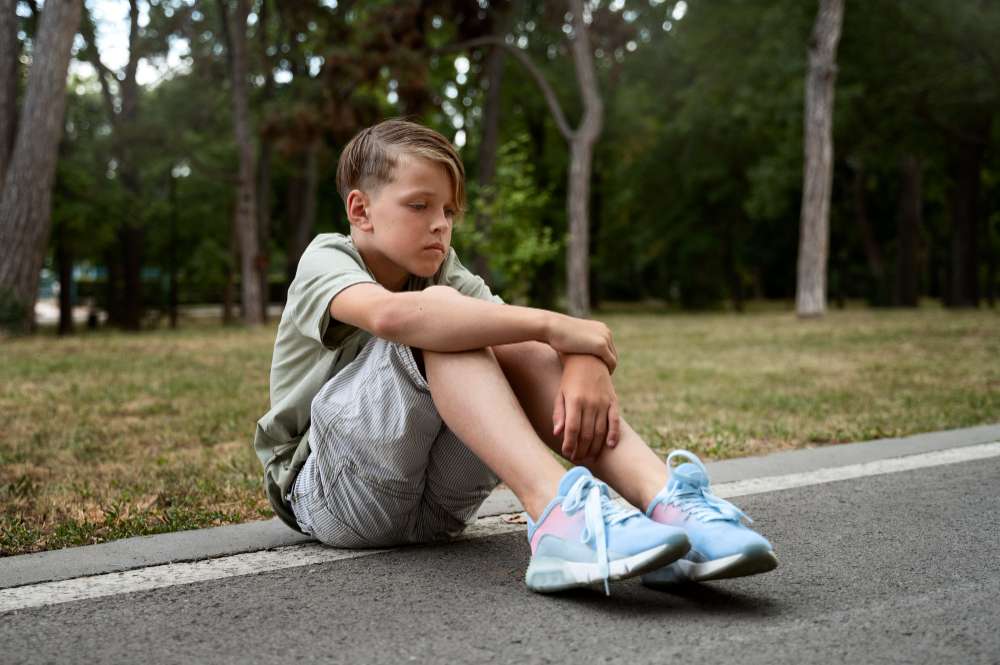Pediatric testicular torsion
Pediatric testicular torsion is a serious and urgent medical condition that occurs when the spermatic cord, which provides the testicle with blood flow, becomes twisted. This twisting cuts off the testicle’s blood supply and can cause severe pain, swelling, and, if not treated promptly, can lead to testicular death and the potential need for removal. Testicular torsion is considered a surgical emergency and requires immediate attention to save the affected testicle.
Causes
Testicular torsion can happen at any age, but it is most common in adolescents and occasionally in the neonatal period. The exact cause is often unknown, but it may be related to:
- Anatomical abnormalities, such as the “bell-clapper” deformity, where the testicle is more mobile and can rotate freely within the scrotum.
- Trauma or injury to the scrotum.
- Rapid growth during puberty.
- Physical activity or cold temperatures, although torsion can also occur during sleep.
Symptoms
The symptoms of testicular torsion are acute and require immediate attention:
- Sudden, severe pain in one testicle, which may also be felt in the abdomen.
- Swelling and redness of the scrotum.
- Nausea and vomiting.
- One testicle may appear higher than the other or at an unusual angle.
- Sometimes, fever.
Diagnosis
Prompt diagnosis is crucial for a positive outcome. The diagnosis of testicular torsion typically involves:
- A physical examination.
- An urgent ultrasound to assess blood flow to the testicles; however, diagnosis is primarily clinical, and treatment should not be delayed for imaging if torsion is strongly suspected.
- In some cases, a urologist may decide to proceed directly to surgery based on symptoms and examination findings alone.
Treatment
Treatment for testicular torsion is emergency surgery to untwist the spermatic cord and restore blood flow to the testicle. Surgery should ideally occur within 6 hours from the onset of symptoms to maximize the chance of saving the testicle. During the procedure, the surgeon may also secure the testicle to the scrotal wall (orchidopexy) to prevent recurrence of torsion. If the testicle is found to be nonviable due to prolonged lack of blood flow, it may be removed.
Prevention
For individuals with anatomical abnormalities that increase the risk of torsion, or those who have experienced torsion in one testicle, prophylactic surgery to secure the testicles may be recommended to prevent future occurrences.
Prognosis
The prognosis after testicular torsion largely depends on the time from onset of symptoms to surgical intervention. Prompt treatment can lead to complete recovery without long-term effects. However, delayed treatment increases the risk of testicular damage or loss and potential fertility issues in the future.
Parents and caregivers should educate themselves and their sons about recognizing the symptoms of testicular torsion and the importance of seeking immediate medical care if torsion is suspected. This condition emphasizes the critical nature of timely intervention in emergency pediatric urological conditions.
------------From our Sponsors------------









